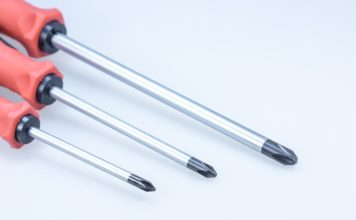Understanding Singular and Plural Nouns: A Comprehensive Guide
When it comes to the English language, nouns are an essential part of speech that help us to effectively communicate. Nouns can be categorized into two main groups: singular and plural. Understanding the difference between singular and plural nouns is crucial for constructing clear and coherent sentences. In this guide, we will delve into the intricacies of singular and plural nouns, how to identify them, and some common pitfalls to avoid.
Singular Nouns
Definition: Singular nouns refer to one person, place, thing, or idea.
Identification: Singular nouns are usually preceded by articles such as “a,” “an,” or “the.” They do not have an “s” at the end unless they are irregular plurals.
Examples:
– Person: boy, girl, teacher
– Place: school, park, museum
– Thing: book, computer, table
– Idea: love, happiness, freedom
Plural Nouns
Definition: Plural nouns refer to more than one person, place, thing, or idea.
Identification: Plural nouns often end in “s,” “es,” or “ies.” They are usually accompanied by quantifiers such as “many,” “several,” or numerical values.
Examples:
– Person: boys, girls, teachers
– Place: schools, parks, museums
– Thing: books, computers, tables
– Idea: loves, happinesses, freedoms
Irregular Plurals
Some nouns have irregular plural forms that do not follow the typical rules. For example:
– Singular: child, ox, tooth
– Plural: children, oxen, teeth
Identifying Nouns in Sentences
To identify whether a noun is singular or plural in a sentence, pay attention to the verb that follows it. The verb will often agree in number with the noun it is referring to. For example:
– Singular: The dog barks loudly. (The verb “barks” agrees with the singular noun “dog.”)
– Plural: The dogs bark loudly. (The verb “bark” agrees with the plural noun “dogs.”)
Common Pitfalls to Avoid
- Subject-Verb Agreement: Ensure that the verb in the sentence agrees with the number of the noun (singular or plural).
- Countable vs. Uncountable Nouns: Some nouns are uncountable and do not have a plural form (e.g., water, air, rice).
- Compound Nouns: Pay attention to compound nouns, as only the main word is typically pluralized (e.g., mothers-in-law).
FAQs about Singular and Plural Nouns
Q1: What are collective nouns?
A1: Collective nouns refer to groups of people, animals, or things but are treated as singular nouns. Examples include “team,” “herd,” and “family.”
Q2: How can I make a singular noun plural?
A2: To make a singular noun plural, you can add “s,” “es,” or “ies” depending on the word’s ending. For irregular plurals, the form changes entirely.
Q3: Can a noun be both singular and plural?
A3: Some nouns, known as pluralia tantum, only exist in their plural form (e.g., scissors, pants).
Q4: Do possessive nouns change in number?
A4: Yes, possessive nouns reflect the number of the noun they are describing. For example, “the girl’s book” (singular) vs. “the girls’ books” (plural).
Q5: Why is it important to use the correct singular or plural form?
A5: Using the correct singular or plural form is crucial for maintaining clarity and grammatical accuracy in your writing. Incorrect usage can lead to confusion and miscommunication.
In conclusion, mastering the distinction between singular and plural nouns is fundamental for effective communication in the English language. By understanding the rules, identifying key indicators, and avoiding common pitfalls, you can enhance the clarity and precision of your writing. Practice identifying singular and plural nouns in different contexts to strengthen your language skills and improve your overall proficiency in English grammar.









